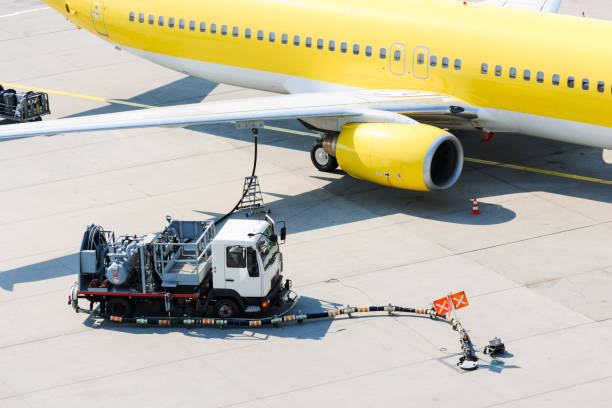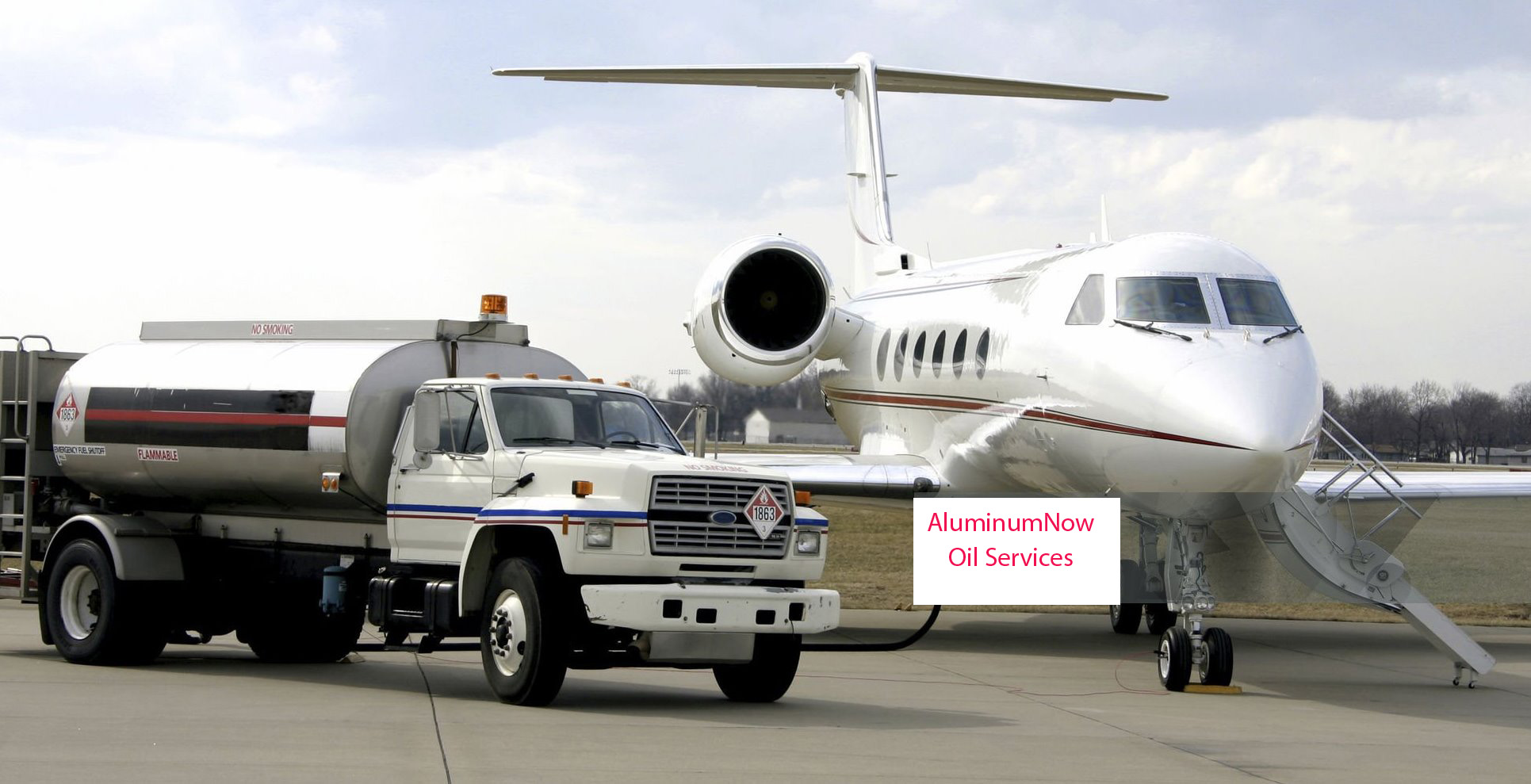Jet Fuels
Jet fuel, aviation turbine fuel (ATF), or Kerosene or Naphtha is a type of aviation fuel
designed for use in aircraft powered by gas-turbine engines. It is colourless to straw-coloured
in appearance. The most commonly used fuels for commercial aviation are Jet A-1, iwhich are
produced to a standardized international specification, in Russia Jet TS-1 is common. There are
other jet fuel options in civilian turbine-engine powered aviation available as per requirement,
which may. for instance, be used for enhanced cold-weather performance.
Note following Specifications may change and confirmation will be provided by the
seller/refinery concerned.
General Informationm to be confirm by Refineries concerned or Buyer due-diligence
Jet fuel is a mixture a variety of hydrocarbons. Because the exact composition of jet fuel
varies widely based on petroleum source, it is impossible to define jet fuel as a ratio of
specific hydrocarbons. Jet fuel is therefore defined as a performance specification rather than
a chemical compound.
Furthermore, the range of molecular mass between hydrocarbons (or different carbon numbers) is
defined by the requirements for the product, such as the freezing point or smoke point.
Kerosene-type jet fuel (including Jet A and Jet A-1) has a carbon number distribution between
about 8 and 16 (carbon atoms per molecule); wide-cut or naphtha-type jet fuel (including Jet B),
between about 5 and 15.
Jet fuels are sometimes classified as kerosene or naphtha-type. Kerosene-type fuels include Jet
A, Jet A-1, JP-5 and JP-8. Naphtha-type jet fuels, sometimes referred to as "wide-cut" jet fuel,
include Jet B
It is very important that jet fuel be free from water contamination. During flight, the
temperature of the fuel in the tanks decreases, due to the low temperatures in the upper
atmosphere. This causes precipitation of the dissolved water from the fuel. The separated water
then drops to the bottom of the tank, because it is denser than the fuel. Since the water is no
longer in solution, it can form droplets which can supercool to below 0 °C. If these super
cooled droplets collide with a surface they can freeze and may result in blocked fuel inlet
pipes. This was the cause of the British Airways Flight 38 accident. Removing all water from
fuel is impractical; therefore, fuel heaters are usually used on commercial aircraft to prevent
water in fuel from freezing.
There are several methods for detecting water in jet fuel. A visual check may detect high
concentrations of suspended water, as this will cause the fuel to become hazy in appearance. An
industry standard chemical test for the detection of free water in jet fuel uses a
water-sensitive filter pad that turns green if the fuel exceeds the specification limit of 30
ppm (parts per million) free water. A critical test to rate the ability of jet fuel to release
emulsified water when passed through coalescing filters is ASTM standard D3948 Standard Test
Method for Determining Water Separation Characteristics of Aviation Turbine Fuels by Portable
Separometer.
Military Jet Fuels (information optained on the web
and other sources)
A sailor inspects a sample of JP-5 jet fuel aboard an amphibious transport dock ship. Military
organizations around the world use a different classification system of JP (for "Jet
Propellant") numbers. Some are almost identical to their civilian counterparts and differ only
by the amounts of a few additives; Jet A-1 is similar to JP-8, Jet B is similar to JP-4.Other
military fuels are highly specialized products and are developed for very specific applications.
JP-1
Was an early jet fuel specified in 1944 by the United States government (AN-F-32).
It was a pure kerosene fuel with high flash point (relative to aviation gasoline)
and a...
freezing point of −60 °C (−76 °F). The low
freezing point requirement limited
availability of the fuel and it was soon superseded by other "wide cut" jet
fuels
which were kerosene-naphtha or kerosene-gasoline blends.
Read More
JP-2
An obsolete type developed during World War II. JP-2 was intended to be easier to
produce than JP-1 since it had a higher freezing point, but was never widely used.
JP-3
Reported to be an attempt to improve availability of the fuel compared to JP-1 by
widening the cut and loosening tolerances on impurities to ensure ready supply. In
his book...
Ignition. An Informal History of Liquid
Rocket Propellants, John D. Clark
described the specification as, "remarkably liberal, with a wide cut (range of
distillation temperatures) and with such permissive limits on olefins and
aromatics
that any refinery above the level of Kentucky moonshiner's pot still could
convert
at least half of any crude to jet fuel". It was even more volatile than JP-2 and
had
high evaporation loss in service.
Read More
JP-4
Reported to be a 50-50 kerosene-gasoline blend. It had lower flash point than JP-1,
but was preferred because of its greater availability. It was the primary United
States Air Force...
jet fuel between 1951 and 1995. Its NATO
code is F-40. It is also
known as avtag.
Read More
JP-5
Reported to be a yellow kerosene-based jet fuel developed in 1952 for use in
aircraft stationed aboard aircraft carriers, where the risk from fire is
particularly great. JP-5 is a...
complex mixture of hydrocarbons,
containing alkanes,
naphthenes, and aromatic hydrocarbons that weighs 6.8 pounds per U.S. gallon
(0.81
kg/l) and has a high flash point (min. 60 °C or 140 °F). Because some US naval
air
stations, Marine Corps air stations and Coast Guard air stations host both sea
and
land based naval aircraft, these installations will also typically fuel their
shore-based aircraft with JP-5, thus precluding the need to maintain separate
fuel
facilities for JP-5 and non-JP-5 fuel. In addition, JP-5 may well have been used
by
other countries for their military aircraft. Its freezing point is −46 °C (−51
°F).
It does not contain antistatic agents. JP-5 is also known as NCI-C54784. JP-5's
NATO
code is F-44. It is also called AVCAT fuel for Aviation Carrier Turbine fuel.
The JP-4 and JP-5 fuels, covered by the MIL-DTL-5624 and meeting the British
Specification DEF STAN 91-86 AVCAT/FSII (formerly DERD 2452), are intended for
use
in aircraft turbine engines. These fuels require military-unique additives that
are
necessary in military weapon systems, engines, and missions.
Read More
JP-6
Reported to be a type of jet fuel developed for the General Electric YJ93 jet engine
of the XB-70 Valkyrie supersonic aircraft. JP-6 was ideal for the high altitude
bomber,...
being similar to JP-5 but with a lower
freezing point ( freezing point: −65
°F ) and improved thermal oxidative stability. When the XB-70 program was
cancelled,
the JP-6 specification, MIL-J-25656, was also cancelled.
Read More
JP-7
Reported to be developed for the twin Pratt & Whitney J58 turbojet/ramjet
engines of
the SR-71 Blackbird and has a high flash point to better cope with the heat and
...
stresses of high speed supersonic
flight.
Read More
JP-8
Reported to be a jet fuel, specified and used widely by the U.S. military. It is
specified by MIL-DTL-83133 and British Defence Standard 91-87. JP-8 is a
kerosene-based fuel, projected...
to remain in use at least until 2025.
The United States military uses JP-8 as a "universal fuel" in both
turbine-powered
aircraft and diesel-powered ground vehicles. It was first introduced at NATO
bases
in 1978. Its NATO code is reported as F-34.
Read More
JP-9
Reported to be a gas turbine fuel for missiles, specifically the Tomahawk containing
the TH-dimer TetraHydroDiMethylCycloPentadiene produced by catalytic hydrogenation
of methylpentadiene dimer.
JP-10
Reported to be a gas turbine fuel for missiles, specifically the ALCM. It contains a
mixture of (in decreasing order) endo-tetrahydrodicyclopentadiene,
exo-tetrahydrodicyclopentadiene, and adamantane. It is produced by catalytic
...
hydrogenation of dicyclopentadiene. It
superseded JP-9 fuel, achieving a lower
low-temperature service limit of −65 °F (−54 °C).
Read More
JPTS
Reported to be developed in 1956 for the Lockheed U-2 spy plane.
Jet TS-1
Designates "high energy fuel" intended for long range aircraft and jet fighters
etc.of Russian manufacture with. Russian design jet engines.




